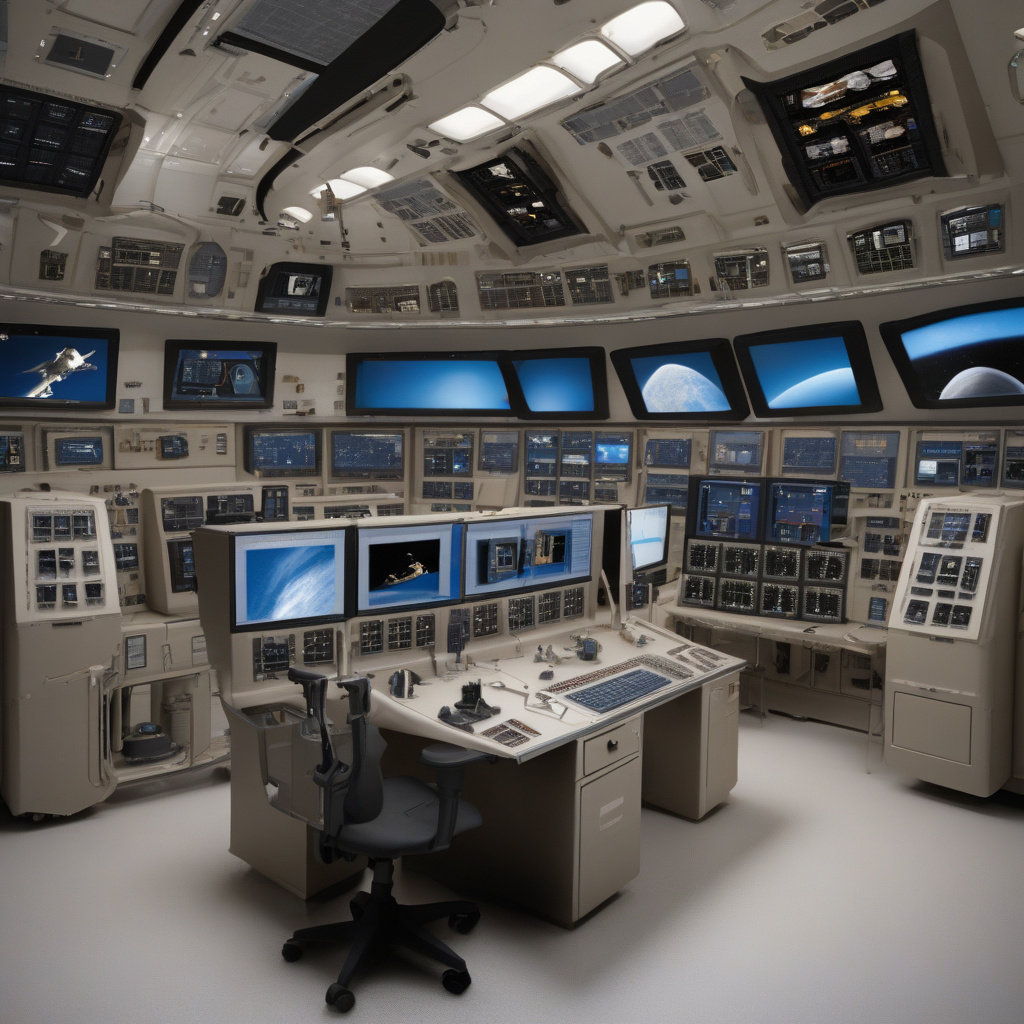Ensuring Mission Success: NASA’s Rigorous Software Testing for Space Exploration
Space exploration stands at the pinnacle of human innovation and technological advancement. Behind every successful mission to space lies a meticulous process of testing, retesting, and validating software systems that are critical for the safety and success of astronauts and equipment. NASA, the world-renowned space agency, exemplifies this commitment through its rigorous software testing protocols for spacecraft like the Space Shuttle and the Orion Multi-Purpose Crew Vehicle (MPCV).
The Foundation of Safety: Multiple Testing Levels and Independent Validation
NASA’s approach to software testing is built on a foundation of multiple levels of testing, ensuring that every aspect of the software functions as intended. From unit testing to system integration testing and acceptance testing, each level serves a specific purpose in detecting and rectifying potential issues before they can impact the mission. Additionally, independent validation by external teams adds another layer of assurance, providing unbiased feedback on the software’s performance and reliability.
Setting the Bar: Adherence to Standards and Safety Communities
Adherence to strict standards is a hallmark of NASA’s software testing practices. By following established guidelines such as the NASA Software Safety Standard and the Software Assurance Standard, the agency maintains a high level of quality and consistency across its software development projects. Furthermore, active participation in safety communities and forums allows NASA to stay abreast of the latest trends, best practices, and emerging technologies in software testing, ensuring that its processes remain cutting-edge and effective.
Continuous Improvement: Learning from Failures and Near Misses
In a field as complex and unforgiving as space exploration, learning from failures and near misses is not just a recommendation but a necessity. Darrel Raines, a seasoned expert in software development and testing at NASA, emphasized the agency’s commitment to continuous improvement during his talk on the Space Shuttle and the Orion MPCV. By analyzing past incidents, identifying root causes, and implementing corrective actions, NASA refines its testing processes to enhance safety and reliability with each subsequent mission.
Leveraging Tools for Precision and Efficiency
Central to NASA’s software testing strategy are cutting-edge tools and technologies that enable precise analysis, comprehensive test coverage, and efficient debugging. Automated testing frameworks, static code analysis tools, and simulation environments play a vital role in streamlining the testing process, identifying defects early, and optimizing software performance for the demanding conditions of space travel.
Embracing Innovation: The Future of Software Testing in Space Exploration
As technology evolves and space exploration ventures into new frontiers, NASA remains at the forefront of innovation in software testing. By embracing agile methodologies, incorporating artificial intelligence for predictive analysis, and harnessing the power of cloud-based testing platforms, the agency continues to push the boundaries of what is possible in ensuring the safety and success of missions to space.
In conclusion, NASA’s approach to software testing for the Space Shuttle and the Orion MPCV exemplifies a commitment to excellence, safety, and continuous improvement. By leveraging multiple testing levels, adhering to standards, learning from failures, and embracing innovation, the agency sets a gold standard for software testing in the realm of space exploration. As we look to the future of space travel, NASA’s rigorous testing practices serve as a beacon of inspiration for all those involved in the mission-critical world of IT and software development.

